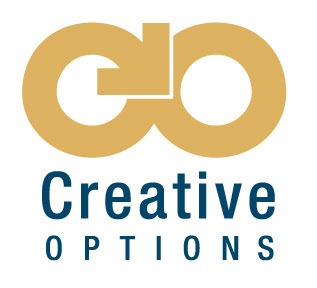1. Research shows that people click on the organic results 75% of the time and paid results only 25% of the time.
2. The Average Facebook user has 130 friends on the site.
3. According to Nielsen, DVRs are now in 37.3% of US TV households and 54.3% have at least one high-definition TV.
4. Shockingly, a recent survey by 1&1 Internet reported that up to 40% of small-to-medium sized businesses still don’t have a website. Even if you’re on social media, operating without a website is just silly. A website is an essential piece of your online marketing strategy.
5. Inbound marketing costs 62% less per lead than traditional, outbound marketing OUTBOUND: AVG COST/LEAD: $373 INBOUND:AVG COST/LEAD: $143.
6. 75% of users never scroll past the first page of search results.
7. Statistically, open and click rates for emails are highest (on average) in the early morning hours; within the first hour of the person’s start of the work day.
8. Blog reading peaks around 10AM
9. 40% of Twitter Accounts have never sent a single tweet.
10. 78% of Adults listen to the radio in their car on a typical weekday. The most listened to time is afternoon drive from 3pm -7pm. A whopping 82% listen during “afternoon drive time.”
While I wanted the facts to be fun and unique, having data, analysis and research are vitally important these days. Long gone are the days “spray and pay marketing.” Today is about spending money wisely, and getting a better return on investment.
The answer is simple: Use metrics that matter to the CEO.
It’s no secret that CEOs and business owners do not care about click through rates, cost per points or your last press release’s number of views.
In today’s economy, they care about growing revenue and profits:
• How much faster are we growing now versus last quarter? Last year?
• How much profit was made last quarter versus this quarter?
• How much have sales revenue increased from last year?
Soft metrics like brand awareness, GRP, impressions, organic search rankings and reach are important – but only to the extent that they quantifiably connect to hard metrics like pipeline, revenue, and profit.
Of course, marketers must track and measure the impact of all key marketing activities, both hard and soft. But keep all but the most critical metrics internal to marketing. By speaking the same quantitative language as the CEOs and CFOs, marketers will better communicate marketing’s value and impact to the executive suite.
We think like advertisers as well as CEOs. We are data driven, research fueled marketing and advertising agency who doesn’t care about awards, we care about positive results.







